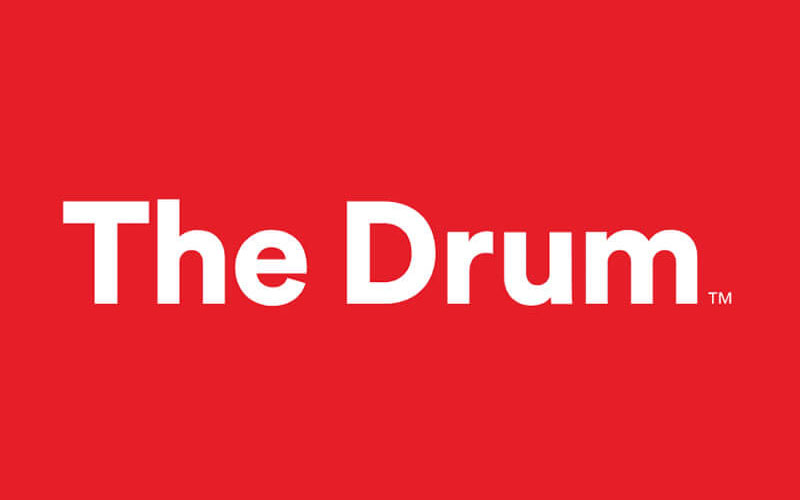This article was originally published by The Drum.
As the demise of third-party cookies draws closer, Acxiom’s Tate Olinghouse, chief client officer, explains why it’s a perfect time for brands to take ownership of their digital marketing strategy — and consider new ways to connect with customers.
In case you haven’t heard, Google has delayed the deprecation of third-party cookies in Chrome until “the second half of 2024.” If this feels like deja vu, you’re right. Google has kicked this can down the road multiple times.
Every time it happens, I’m sure some brands breathe a sigh of relief – “We’re off the hook for now!” But for me, every announcement is more than just a simple reminder that this is delaying the inevitable; it is a critical reminder that there are bigger, strategic opportunities related to cookies and identity that can be realized now.
By addressing those opportunities now, you can get a big head start on genuinely getting to know your customers.
Procrastination is all too easy.
Look, I get it. Taking decisive action on important issues is tough. Third-party cookies have become a comfort zone for so many companies – everyone wants to believe they work just fine because it’s easier to carry on with the status quo instead of actually doing the work and making a change.
If you’ve ever seen Stephen Covey’s four quadrants for managing work, you’ll know it’s all too easy to neglect the important but non-urgent tasks, which, more than any other, determine your strategy and therefore, destiny.
A personal health analogy strikes me as a pretty apt one when it comes to cookie deprecation. Every morning I wake up and think, “Hey I should haul myself down to the gym.” And on all but the rarest of occasions I decide that tomorrow is a better day for that plan. It’s an approach that’s served me just fine for a few years, but it won’t last forever, if I want to do future-me any favors.
The point is, dealing with cookie deprecation is one of those tough-but-critical jobs to be done. It’s hugely important to your brand strategically and, make no mistake, it’s going to become an urgent issue before you know it. For brands who want to get ahead, there’s so much more that can be achieved, beyond simply ‘coping’ with the loss of third-party cookies, but the time to act is now. (We’ve been warning brands not to procrastinate for a long time now.)
Who should be in charge of your digital destiny?
It comes down to this: why would you wait for someone else to dictate the demise of something so critical to your business? If you don’t act now, you’re effectively ceding strategic control.
You’ve had to face developments like this already, including Apple’s Intelligent Tracking Prevention on Safari and security-focused browsers like Firefox enabling more third-party cookie opt-outs. So, you know that to deal with any new changes in the digital marketing landscape, it’s best to allow time to test and optimize, just like you would with any new technology or tool. The Google third-party cookie deprecation is no different.
Don’t get me wrong, Google is almost certainly going to be an important strategic partner for most brands, but they should not control your strategy – you should.
After all, if you can’t identify your audiences effectively, you can’t take meaningful action, let alone measure it. And if you can’t measure it, you can’t optimize. And if you can’t optimize…you get the picture.
There’s a new way to understand your customers.
So, what should brands be doing now, with cookies enjoying their last couple of years on the Chrome browser? It starts with adopting an outlook beyond the third-party cookie, if you haven’t already. Focus on what you can control – first-party data and first-party identity.
First, create a data strategy for how you collect, manage, and use first-party data. What data do you need to understand your customers and what they want and need from your brand? Make sure you’re onboarding a diverse set of data sources to build on your first-party efforts – including those that use third-party cookies as long as they’re still available and adding value. That way you’ll be preparing for tomorrow while strengthening your performance today.
Next, get your first-party identity graph in order to connect your data. Without this backbone, it will be impossible to build an effective understanding of customer identity, which is critical to creating great customer experiences. Where you have data gaps, look for ways to fill them as you build your identity strategy.
We’ve been working with brands across industries, from retail to banking, helping them take control and ownership of their data and identity. The ones that will do well in 2024 and beyond are the ones who are acting now, testing now, and optimizing now.
My advice? Don’t wait on anyone else to dictate your strategy. Take control of your digital destiny today.
Is your brand prepared for a cookie-free future? At Acxiom, we can help you get a complete view of your customers using first-party insights, so your messages always feel clear, personal, and relevant. To find out more, get in touch today.
This article was originally published by The Drum.




